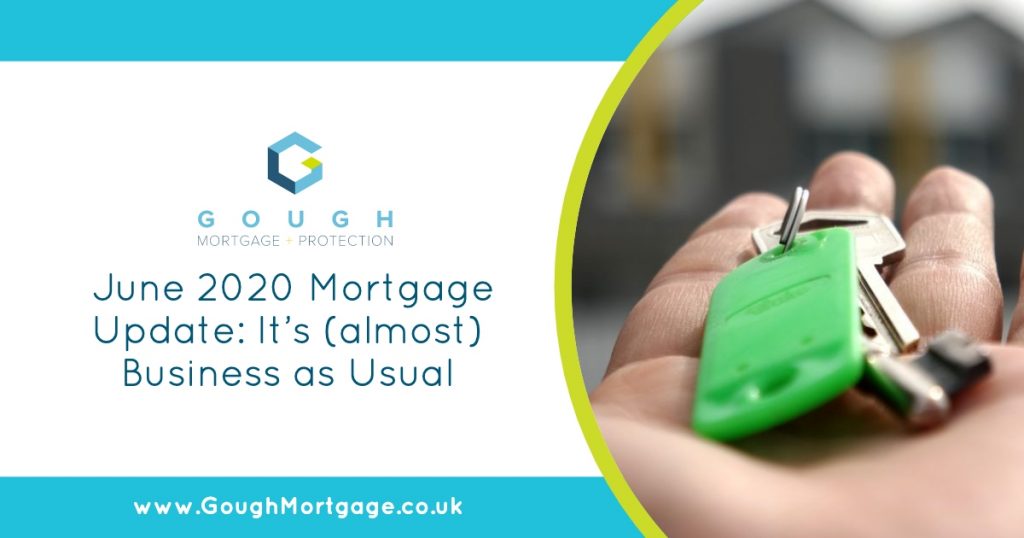
June 2020 Mortgage Update: It’s (almost) Business as Usual
Mortgages have, understandably, been on many people’s minds of late.
The changing rules, regulations and additional support can all be a bit overwhelming.
That’s why we’re here. As you’d expect, we keep our ears very close to the ground when it comes to mortgage news, and it has been coming thick and fast recently!
Lenders are now valuing properties and catching up on the applications they’ve received over the last couple of months. It has been quite a task, but they seem to be making progress, but coupled with the surge in Rightmove enquiries, there’s clearly a silver lining in terms of returning confidence.
Here’s what we know about the state of mortgages as of June 2020.
Deposits: it’s a mixed bag… (but not all bad news)
Before the pandemic, lots of lenders were considering 5% deposits on mortgages, but they’re now rather hard to find.
Instead, the majority of lenders are asking for a 15% deposit. But there does appear to be some light at the end of the tunnel.
During our research and while working with clients, we’ve found that an increasing number of lenders are now willing to go down to a 10% deposit, which is great news for anyone who wants to limit the upfront cost or can’t quite scrape together any more right now.
Another option is Help to Buy, which is still very much in operation. The government-backed scheme is for new build purchases only, but means you only need to find a 5% deposit to get the home you want.
What if I’m on furlough?
This is one of those areas that seems to change every week, and, in our experience, lenders all react differently to people who are on furlough. Some won’t entertain lending to furloughed clients at all, while others approach such situations very cautiously.
For instance, if you’re furloughed, a lender may accept your application, but only on the basis of your income as it currently stands. Therefore, if you’re only earning 80% of your usual wage and it isn’t being topped up by your employer, that’s what will be entered into the mortgage application.
This is why, unless the house you want to buy fits within a furlough-influenced budget, it might be better to wait until your wages are back to normal.
Payment holidays: they’re still a thing (but tread with caution)
In May, the government confirmed that the mortgage payment holiday scheme would be extended for a further three months. This pushes the deadline for applying back to 31st October and provides breaks of up to six months.
Mortgage payment holidays don’t (or at least shouldn’t!) affect your credit history, but we have seen instances where lenders have asked new applicants if they’ve had a mortgage holiday recently. Similarly, some lenders won’t consider an application for additional borrowing if the client has had a payment holiday within the last six months.
This is why it’s very important to think carefully about the need for a mortgage payment holiday. Research suggests that the average cost of a six month break is £1,331.95, or £22.70 per month added to the full amount owed.
It seems many people decided to take payments holidays simply because they could (often, to boost savings). In reality, this is counterintuitive, because they risk paying more in the long run (missed payments are added to the balance, thus increasing the interest due), and running into difficulty when remortgaging.
I’m still not sure what to do
Any decision you make on your mortgage is a big decision, and if you’re furloughed or have unfortunately lost your job as a result of COVID-19, it’s understandable if you’re confused about what to do next.
The good news is we can help.
If you’re unsure about taking a payment holiday or simply have unanswered questions about mortgages at this time, the Gough team will be happy to have a chat, whether we arranged your mortgage originally or not.
Just give us a call!
Your home may be repossessed if you do not keep up repayments on your Mortgage.
